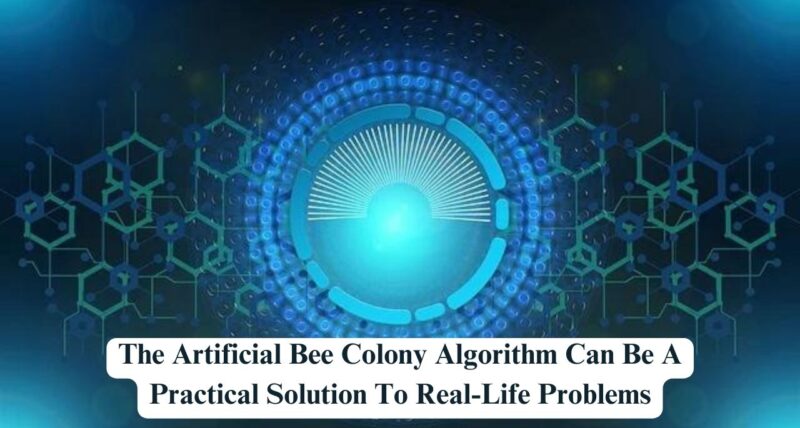The Artificial Bee Colony Algorithm Can Be A Practical Solution To Real-Life Problems
Humans depend on the environment for food and living. Also, certain animal behaviors inspire the same to conclude on various problems. In this regard, you have had the Artificial Bee Colony algorithm since 2005. Here researchers employ the same to find potential solutions to an iterative process.
Understanding The Artificial Bee Colony Algorithm
Inspired by the foraging behavior of honeybees and their search for new food sources, researchers depend on the ABC Algorithm. They utilize the particular swarm-based meta-heuristic technique to optimize numerical problems. The system has three essential components: the employed bees, the onlooker honeybees, and the scout.
The employed bees are responsible for finding food sources, noting food availability and distance from the hive. They then communicate their information with the unemployed bees, who take some time to summarize the same and choose the ultimate food source.
The unemployed bees are divided into onlooker bees and scouts. The onlooker bees gather information from the hired worker bees and finalize a food source. The scout bees are responsible for discovering new food sources surrounding the hive.
Practical Use Cases Of The Artificial Bee Colony Algorithm
The Artificial Bee Colony Algorithm has become an attractive solution due to the information collection and decision-making effectiveness. And over the years, researchers have been employing it to solve practical cases. Here are some of them listed.
To Predict Road Traffic Accidents
Zhicheng Li (researcher) from China has combined the ABC algorithm technique with a fuzzy wavelet neural network in his study to develop a road traffic accident prediction model. As per computer simulation, the accuracy in the prediction of the proposed model is higher than any other models to date.

With the model, traffic operators are more likely to anticipate accident-prone areas and take necessary precautions. The system enables the use of limited resources and how one can assign them to take proactive measures and devise the latest road safety strategy.
To Predict Traffic Light Scheduling Problems
A research team from Singapore has also devised the Artificial Bee Colony Algorithm to minimize the total delay time of the urban traffic light scheduling problem within a city traffic network. The team has proposed a novel and improved ABC algorithm to shorten the traffic network’s total delay time within a particular period.

The team has developed three local search approaches to improve the algorithm, including a search within the neighboring space of pre-existing solutions. The results have also shown how the ABC algorithm technique is far better than other proposed methodologies.
To Use As A Nature-Inspired Cyber Defense Technique
Online safety and cyber defense are priority aspects one cannot ignore, given that there has been a rise in the cyber environments with considerable growth of adversaries and fraudsters. Researchers have devised a technique combining an Intrusion Detection System algorithm and Artificial Bee Colony Algorithm to look for a steady way out. Here, their primary aim is to define the whereabouts of the safety nodes in a network before and after an attack.

In conclusion, they did verify the fact that a combination of both the algorithms and the active use of the ABC algorithm did help narrow down the attack surface. It isolated the infected nodes in a network. Thus bringing down the incident response time when under attack.
That is all about the Artificial Bee Colony Algorithm offering a steady solution to various practical life use cases. Among all three studies, the researchers are quite satisfied with the results and aim to develop better solutions using the same technique. This paves the way to common knowledge, how there is so much to learn, and the animal world poses a steady example for us to receive.



